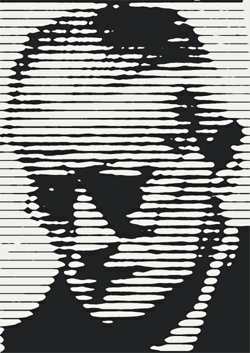The Current State of
Shakespeare and Ulysses Studies
The ghost of Hamlet walks Bloomsday. He is, however, only a ghost; more than forty years ago, William Schutte’s (1957) capstone work on Shakespeare in Ulysses ended the restless wanderings of the black prince upon the streets of Dublin. Talk seriously today of new insights into the Hamlet/Stephen metaphor, and one will be met with much the same reaction that greets those who talk seriously about ghosts. Unfortunately, much the same silence has fallen over the very subject of Shakespeare’s further presence in and influence upon Ulysses. The on-line MLA can often be as daunting as it is powerful. Yet a search for work on Shakespeare and Joyce over the past forty years–the years that follow Schutte–yields a surprisingly manageable list of results. A subject search for the keyword "Shakespeare" yields 20,755 raw references; for "James Joyce" the total is 5,874; for "Shakespeare" and "James Joyce," as subjects of the same work, 55. "Falstaff" yields 151 references, and "Falstaff" and "James Joyce" yields zero.
The only notable attempt I have found to draw a new character parallel between Shakespeare and Joyce is Gottfried’s (1983) comparison of Bloom and Leontes. Hamlet is still mentioned in the literature, but only as a further extension of the Hamlet/Stephen analysis that was set in stone at the end of the 1950s. Allusions in Ulysses to the Henriad as straightforward as "picks buttercups off the quilt" (U.1.211-212) and "I saw him fumble with the sheets, and play with flowers" (Henry V, II.ii.14-16) are not to be found noted. Joyce and Shakespeare (Schutte, 1957), and Notes for Joyce (Gifford and Seidman, 1974) are the only source of any specific cross-references between the Henriad and Ulysses, and these are confined to the citation of a few shared rare words. Schutte’s work will be important for his exhaustive research and shrewd insights, but it will also be important to revisit some of the assumptions and conclusions that bias his outlook on the proper approach to Shakespeare in Joyce. In this revisitation, I will refer back to two of the important sources that inform Stephen Dedalus’ Shakespeare: George Brandes (1899) and Frank Harris (1909; 1912). All further critical sources will be from studies specific to either Shakespeare and the Henriad, or Joyce, Ulysses, and "Scylla and Charybdis."






